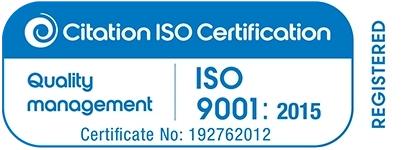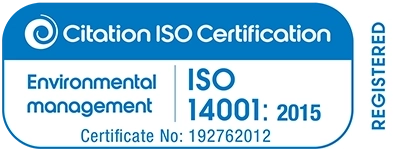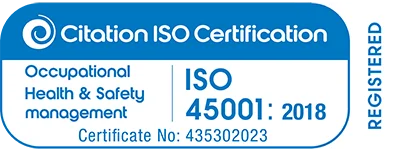As technology develops at an unstoppable rate and with connectivity such as the Internet of Things (IoT) consistently integrating into numerous aspects of our lives, the educational environment is no exception. Digital technology in the classroom is not a new concept, but gone are the days of one computer per class and interactive whiteboards being novel. Nowadays the cutting edge of education technology helps us all to learn on the move, adopt specialised software and possibly even learn through virtual reality.
The conversation surrounding the ‘digital classroom’ is growing as rapidly as the technologies which drive these advances in teaching and learning methods. The way in which this tech is integrated into learning environments has the potential to have immense impact, the outcomes of which depend largely on this implementation process.
Gamification in education is a concept at the forefront of digital learning. Essentially it is applying game-like principles to a system or process in order to drive its interaction and appeal. This can be done in several ways including game-based and simulation-based learning, points, badges and leader boards. Some basic examples of this would be a league table for students learning their times tables, or on a larger scale, the National spelling bee in the US.
Graphite and Playful Learning are other strong examples of gamification in the US, offering gamified digital learning tools for teachers and students. Even companies like Pearson and Microsoft have begun to offer their own takes on educational ‘games’. In fact, the educational gamification market has been forecasted for significant growth over the next 4 years by P&S Market Research, particularly in the UK, US and China. This again highlights the big players the UK economy is up against, and our delivery of digital learning environments must keep up.
The power of education gamification is in its ability to provide context and repercussion to a student’s understanding and knowledge. They directly interact with the data and don’t see it as an abstract “thing”, but as a meaningful concept which is strengthened by immediate results and feedback. Giving students such context gives them another opportunity to improve retention and comprehension rates.
Discover more from a study by SRI International / GlassLab’s which delves further into gamification, its success in Higher Education and the surrounding research. This also highlights the opportunities created in other walks of life, from the office or workplace, to at home and on-the-go.
To keep up to date with news on gamification and the digital classroom be sure to follow us on Twitter, @LapCabby and join the conversation – have you employed any gamification techniques? What were the outcomes? Or, are you planning to? Let us know!
Next up we’re looking at the Device Mesh, what this entails and how (or whether) it can be integrated into education and the digital classrooms of the future? Check out this post here.




